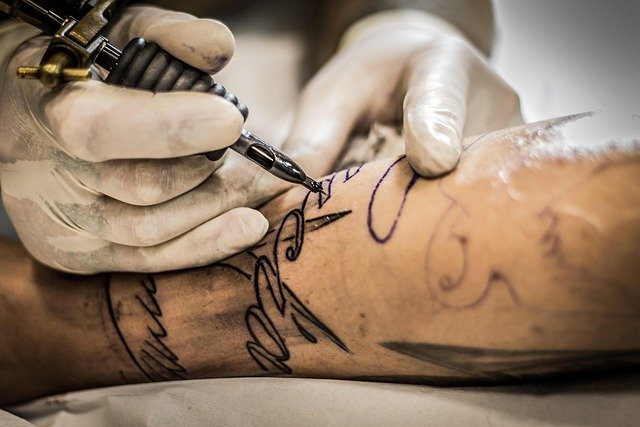Cover-Up Planning: Assessing Old Work and New Options
Deciding to cover old ink involves more than choosing a new design. Successful cover-ups depend on assessing existing bodyart, discussing placement and sizing, and planning with an experienced artist. This short overview highlights what to review before booking an appointment so you and your artist can shape a durable, wearable result.

Cover-Up Planning: Assessing Old Work and New Options
When preparing to replace or conceal previous bodyart, a clear evaluation of the existing tattoo sets the stage for a good outcome. Consider the density of the old ink, color saturation, scarring and the original needle technique; these factors influence what designs, colors, and sizing are realistic. A thoughtful plan includes a consultation, review of portfolio examples, and an honest discussion about healing and aftercare expectations. Working with a skilled artist helps match your style goals to the technical limits imposed by the original work.
How does existing ink affect new design?
Old ink color and saturation directly shape coverup possibilities. Dark, dense black ink can limit the use of lighter colors on top, while faded or fragmented ink may allow for more flexibility in design and palette. Artists often sample design overlays or use stencils to test how a proposed motif sits over the current work. Understanding pigment behavior and how multiple layers interact is essential: some coverups require heavier shading or larger motifs to effectively neutralize previous lines, while others lean on creative composition to obscure unwanted elements.
What role does placement and sizing play?
Placement changes how a coverup ages and how much redesign is necessary. Areas with thicker skin or frequent movement can blur edges more over time, so sizing must account for future distortion. A larger design often provides more options to mask older elements, but proportional balance and how a piece fits your body contour are equally important. Discuss placement preferences during a consultation, and expect the artist to recommend sizing adjustments that preserve visual flow while fully concealing the underlying tattoo.
How do needle choice and sanitation matter?
Needle configuration affects line weight and shading, which can be pivotal in coverups. Artists may use tighter groupings for dense cover shading or magnum shaders for broad gradients. Equally important is sanitation: studios should follow strict sterilization protocols, single-use needles and disposable barriers to reduce infection risk. This article is for informational purposes only and should not be considered medical advice. Please consult a qualified healthcare professional for personalized guidance and treatment.
What aftercare and healing should you expect?
Healing for coverups often mirrors that of fresh tattoos but can differ if scarring or heavy ink removal techniques were involved. Proper aftercare—cleaning, moisturizing with recommended products, and avoiding sun exposure—helps pigment settle evenly and reduces scab formation that might impact final appearance. Plan for a multi-week healing period and possible touch-ups once healed. Communicate any unusual swelling or prolonged redness to the artist or a healthcare provider to ensure safe recovery and optimal aesthetic results.
How to review artist portfolio and consultation options?
A focused portfolio review reveals an artist’s experience with coverups, style adaptability, and technical skill with shading and color correction. Look for before-and-after examples that match your skin tone and size requirements. During an appointment or consultation, ask about needle types used, expected number of sessions, and scheduling for touch-ups. A transparent discussion about the likely number of sessions, expected outcomes, and realistic style adaptations will help align expectations and create a documented plan for the project.
| Product/Service | Provider | Cost Estimation |
|---|---|---|
| Basic cover-up session | Independent local artist (in your area) | $80–$150 per hour; single-session covers often $150–$400 |
| Standard studio cover-up | Regional studio or established shop | $100–$200 per hour; multi-hour sessions $300–$800 |
| Specialist cover-up artist | Highly experienced/specialist artist | $150–$300+ per hour; total project costs $500–$2,000+ depending on complexity |
Prices, rates, or cost estimates mentioned in this article are based on the latest available information but may change over time. Independent research is advised before making financial decisions.
This table provides typical benchmarks rather than exact quotes. Real costs vary by geographic area, artist reputation, session length, and any preparatory work (such as laser fading) that may be recommended.
Conclusion
Cover-up planning blends artistic creativity with technical constraints from prior work. Evaluating old ink, considering placement and sizing, reviewing portfolios, and discussing needle techniques, sanitation, and aftercare will help shape a realistic plan. Pricing varies widely, so use general benchmarks to guide budgeting and rely on an in-person consultation and portfolio review to determine the best path for your new piece.






